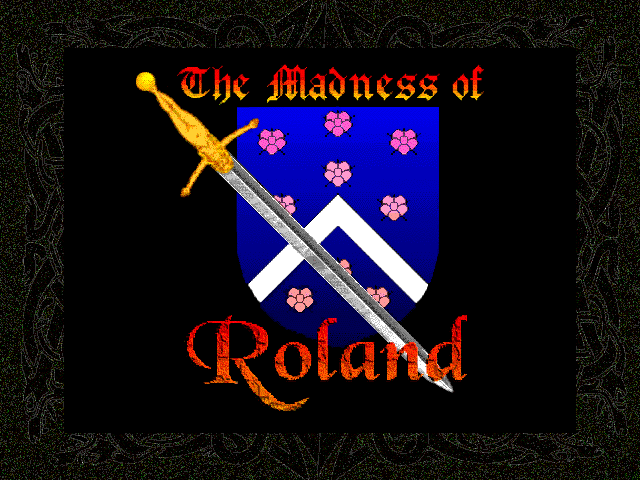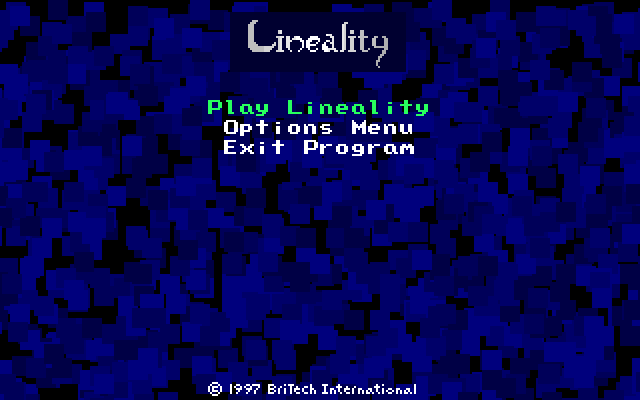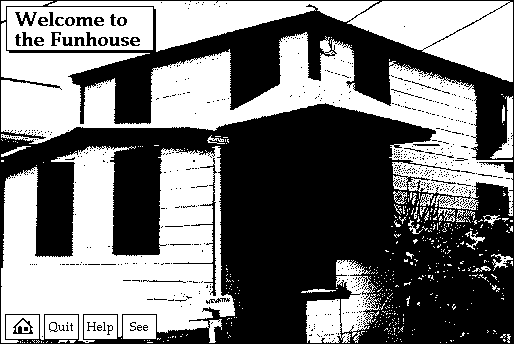
One of the strengths of multimedia was how it can tell a story, or share information, in a way that’s non-linear, even collaborative. It can link ideas together in different orders, enhancing them with sounds, images, and video. Bob Stein, the founder of The Voyager Company, one of the pioneers of multimedia, described it as the future of the book – the next step beyond publishing in print.
In terms of fiction, many existing books were adapted with illustrations, annotations, and commentary. Greg Roach’s The Madness of Roland imagines what a multimedia novel might look like from scratch. It doesn’t just enhance the text with visuals and commentary but uses those as important parts of telling the story and its meaning.
In chapter three, we get to the madness of the title, where the seductive magic of enchantress Angelica backfires and turns the legendary paladin Roland into a rabid, violent maniac. While the rest of The Madness of Roland has been text, the transformation scene is a surreal video sequence, a shifting collage of suggestive religious art, nudity, and horror imagery, creating the impression of Roland’s descent into feral anger. The other part of the chapter is text again, written about the other characters as they grapple with what they presume was Roland’s death. That all wouldn’t be possible in a print book.
Released early in the life of the CD-ROM format, The Madness of Roland crosses the lines between a novel, a play, a radio drama, and video art. Split across multiple perspectives and media, it unfurls a Medieval tale of magic, lust, and legacy, though the way it tells that story is more interesting than the story itself. » Read more about The Madness of Roland




